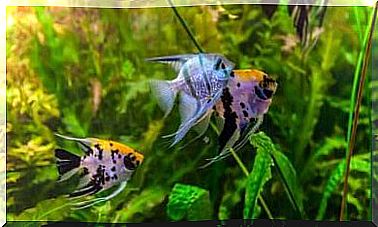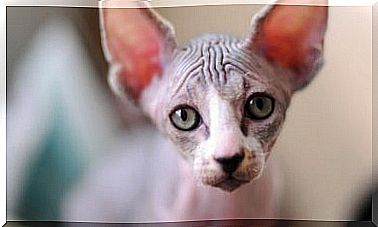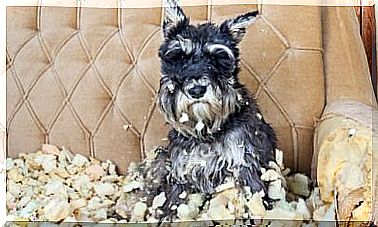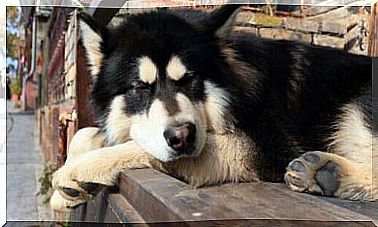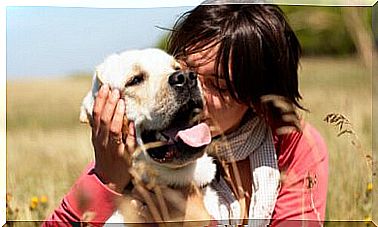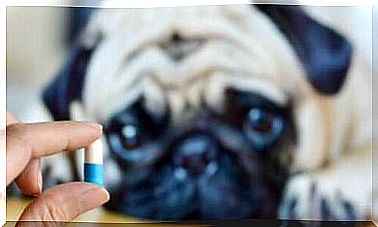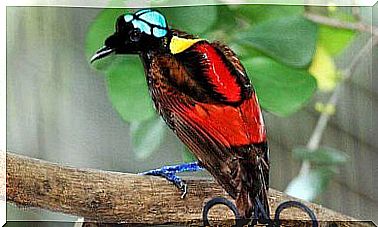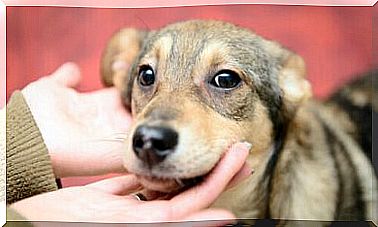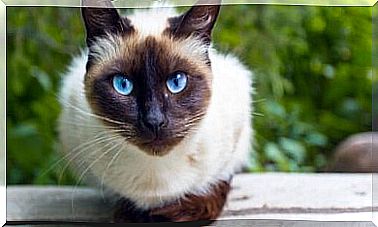Creating The Right Environment For Exotic Birds
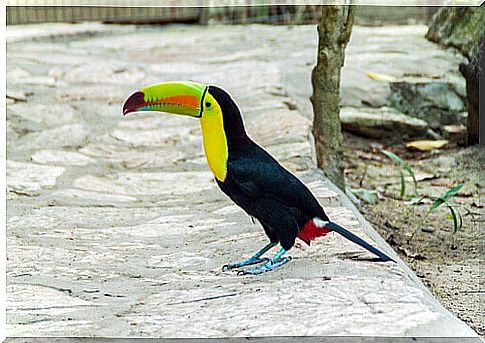
Creating adequate space for your exotic birds is not just about choosing a beautiful cage. Taking care of the environment in which this animal will live most of its time also and above all means recognizing and respecting its food, hygiene and leisure needs.
The best way to keep exotic birds
Unfortunately, buying certain exotic birds helps finance the black market for animals. For example, in Italy, it is forbidden to breed specimens belonging to endangered species in captivity.
If you really want to welcome an exotic animal into your home , first of all it is essential that in your country it is legal to breed them, buy them and keep them in a private home. Toucans, for example, cannot be bred in captivity without a specific permit, generally issued only to zoos and bio parks. The sale and possession of this animal are grounds for fines and legal provisions.
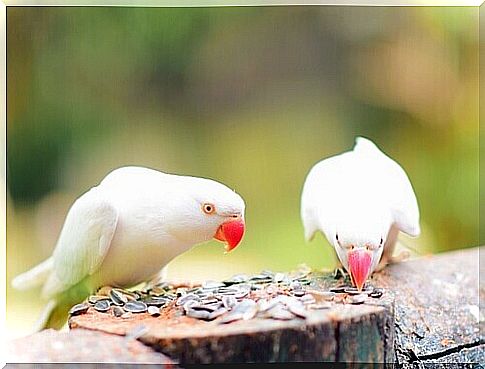
It is also important to be sure where your new friend is from and to make a conscious choice where to buy them. It is not advisable to opt for individuals or shops that do not have regular licenses.
Choose the cage for your exotic birds
This is precisely the first step in creating the right environment for exotic birds. In the cage that you will buy and install inside the house, the animal will spend its entire existence. Here it will feed, sleep, do its business and mate.
The size of the cage should allow the animal to move freely. Remember to look for one whose openings can facilitate cleaning. The feed bowl will need to be placed away from the litter box. Otherwise, the risk of contamination by parasites is very high.
After some time, when the bird gets used to you, you can let it fly free inside the house. As a result, you will be able to switch to a smaller cage. Parrots, cockatoos and parakeets are usually easy to train and will not flee if you give them more autonomy. In these cases, the cage can be 3 to 4 times the size of the animal.
A suitable space
If we are talking about larger wild birds accustomed to migration, leaving them in the wild can be a risk. In these cases, the cages should be at least 6 or 7 times the size of the animal. And many times it is advisable to create an artificial nursery with glass walls.
It is important to leave toys inside the cage to distract and encourage the bird to exercise. Although few people know this, many pet birds tend to be overweight due to the sedentary lifestyle. Remember that they are very active and can become restless or aggressive when they get bored.
Adequate nutrition
Exotic birds can be carnivorous, insectivorous, granivorous and fruitivorous. This distinction will, of course, be reflected in the type of diet to be provided to your bird. This is a fundamental step to protect the animal’s health and ensure its normal development.
Food preferences are mainly linked to the original habitat . Each ecosystem has a specific fauna and flora. The more benevolent the climate, the more varied and abundant the food will be.
When it comes to food for a captive bird, the ideal is to prefer a species- specific commercial blend as a base . These balanced products offer balanced proportions of grains, seeds and vegetables.
It is highly recommended that you supplement your pet bird’s diet with fresh and natural (preferably organic) elements. Like the basic diet, the supplements will also depend on the species.
What do exotic birds eat?
- Species of the Ara genus are very prone to obesity, which is why 60/70% of their diet consists of seeds. You can complement it with 25-30% of vegetables and 5/10% of chestnuts.
- The gray parrots need a high intake of minerals and calcium. About 70% of their diet is based on seeds and 30% on vegetables, fresh and dried fruit.
- For birds from the Amazon, the diet should consist of 40% fresh fruit and vegetables, 30% seeds and the remaining 20% nuts and bird feed.
The importance of proper hygiene
Birds are very clean animals and, in captivity, they become vulnerable to infections from internal and external parasites. These microorganisms can easily spread throughout the cage and other objects present here.
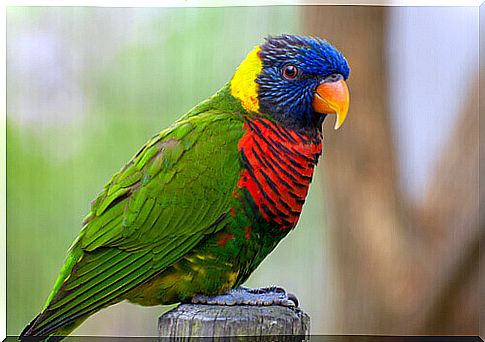
Therefore, it is essential to disinfect your pet bird’s space at least twice a week. Instead, the poop tray and food leftovers should be collected every day.
It is necessary to avoid dirt accumulating on the bottom, as well as bowls and pools must always be kept clean. To avoid the proliferation of fungi and bacteria, do not hesitate to pass the disinfectant on the accessories and in the various corners of the cage.
In pet stores, there are specific products that will help you fight the various types of parasites in birds. Especially when it comes to red mites, which can cause severe damage to the skin and plumage.
Another good hygiene practice is to periodically check the legs, feathers and beak of your colorful friend. The moment you notice anything unusual, such as wounds, lesions, redness or irritation, it is important to take your pet to a specialist veterinarian right away.
Take note of these simple but effective tips and you can easily give an ideal home to any exotic bird. He will bring color and joy into your lives – the least you can do is worry about living healthily and comfortably.
